| Join our social network | Become a fan on Facebook | Follow us on Twitter |
Jesse Hubbard is one of the most decorated players in all of lacrosse. He won three NCAA Championships with Princeton, was a three-time All-American in college, was a five-time MLL All-Star and won a World Lacrosse Championship with Team USA. In Part III of a three-part interview with Hubbard, we learn a little bit about what it takes to design a new head.
What goes into designing a head?
The process of head design has changed drastically over the past 10 years. Computer Aided Design (CAD) has made it a much quicker and more flexible process. Since the shape and dimensions of a head design can be stored and manipulated with CAD, there can be more stages of feedback before prototypes are ever produced. I work with some very talented industrial designers and engineers at Warrior and together we make some pretty good heads.
What Warrior head do you recommend for this upcoming spring?
We have some exciting new technologies coming out in the Noz and the Spyne line. The Noz is produced with a gas-assisted molding technology, which allows for an extremely light head (4.3 ounces) using less material while maintaining stiffness. The Spyne line uses an entirely new material, which is much stiffer than the material in existing heads. The Evo Pro X6 is a great shape for NCAA players with a narrow face shape. And the Evolution X is a new Evo shape that is legal at all levels.
You’ve designed one of the most popular face-off heads ever, which is the Blade. Do you have the player in mind when you design heads and equipment?
The Blade was originally designed for an elite offensive player. We designed the Blade for a ball-handling attackman who wanted the best hold possible while maintaining a large catching area. Casey Powell used one of the first prototypes in the MLL Summer Showcase in the summer of 2000, and there was tremendous buzz around it. Once I got a nice traditional pocket it one, I started using it in indoor in 2000/2001 and then in the first MLL season in 2001. It actually was a great stick for shooters because it was easy to catch with and was accurate. It got a little flexible in the summer heat, though, and since then we have emphasized stiffness in our heads. Certain attackmen loved the Blade, and it was even a big hit with some defensemen. It took a while for it to catch on as a true face-off stick, but once the FOGO’s collectively decided (possibly at their annual meeting in the New Jersey Pine Barrens) that it was the best stick to use for facing off, it was ubiquitous at the face-off X.
You’ve seen the design of heads change from straight to offset and canted. Does the curve of the head’s body affect how you string a head? Could you get the same outcome with any head?
Heads with lowered sidewalls certainly have changed how heads can be strung, but the string jobs themselves are still the key determinants to how sticks perform. I would rather have a perfectly strung straight head than a poorly strung lowered-sidewall head. Since the head acts as the frame from which the pocket is formed, the shape of the frame is important, but the pocket itself is the key element. Back in the day, a player would take a factory-strung stick off the rack of a sporting goods store, loosen a couple of strings, and play. These days, there are so many stringing experts out there who emphasize the importance of a good pocket, and, except for beginners, most players have highly customized pockets.
Check out the Hubbard Experience to learn how you can step up your game.
3 Comments
Leave a Comment
You must be logged in to post a comment.

[…] evening at the Grand Lodge in Hunt Valley.The four players – Roy Colsey, Brian Dougherty, Jesse Hubbard and Tim Nelson – have achieved unparalleled individual and team successes at the collegiate, […]
DC legend
as usual, Hubbard delivers. awesome post.